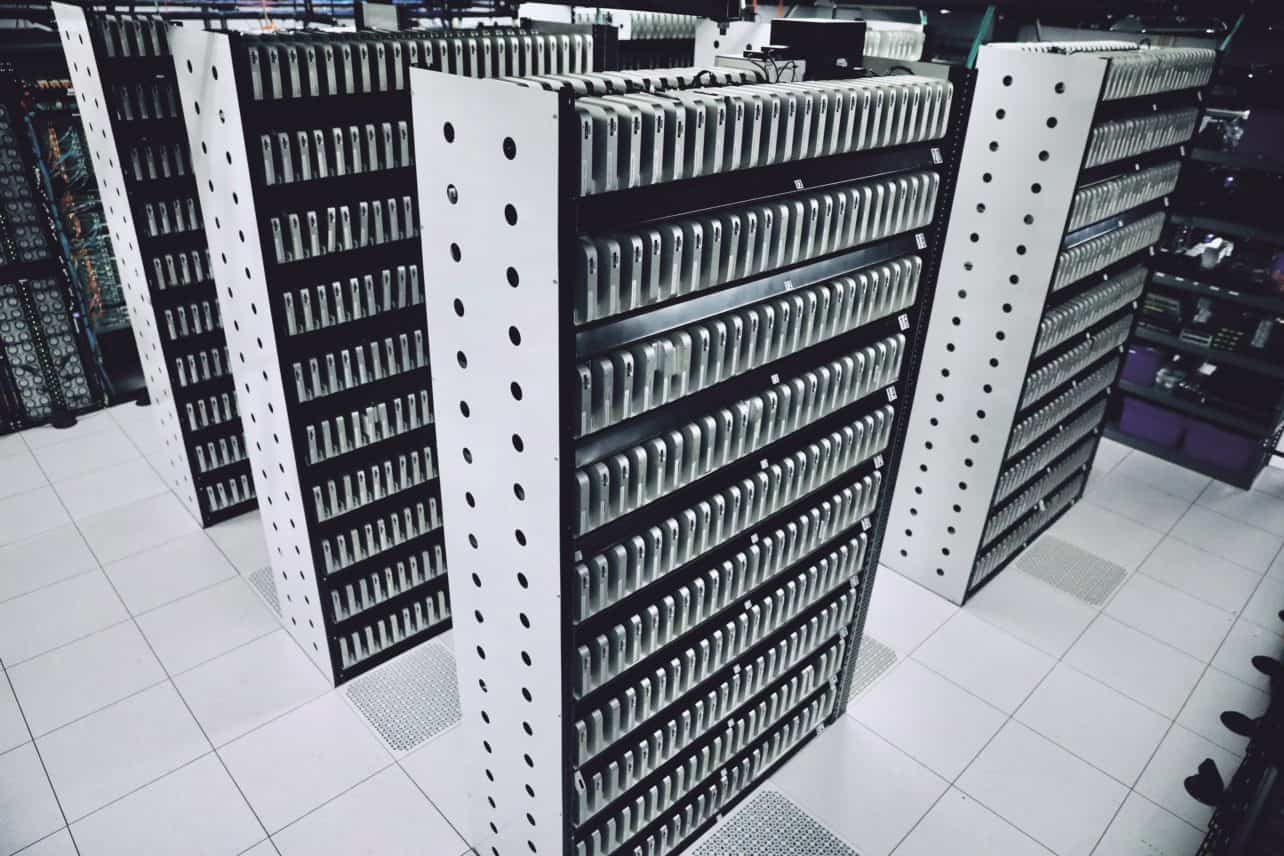Amazon Web Services (AWS) is still the largest hyperscaler with the widest cloud offering. The development of its cloud portfolio started with standard Intel Xeon server chips (x86), but in recent years AWS has been rapidly developing its own ARM chips that more or less replace Intel.
A while ago, we spoke with Peter DeSantis, vice president of global infrastructure at AWS. He knows all about the infrastructure that AWS is built on and uses.
We asked DeSantis about the great success of ARM chips in the data centre and cloud. AWS also makes its own ARM chips. Will they eventually replace Intel’s and AMD’s x86 chips? DeSantis says: “My view of the cloud is that it mainly brings more innovation to companies. Some workloads work extremely well on Intel, but in the end, we want to give our customers a choice. So they can choose the right instance with the right performance for the particular workload they are looking for. There will be plenty of innovations coming from AMD, Intel and ARM, maybe even startups. I am very excited about our new Graviton 2 chip, though. That chip performs much better than we expected, with lower power consumption and savings of 60 to 70 percent on costs.”
Freedom of Choice
So, while DeSantis points out that freedom of choice is important to AWS and he expects Intel and AMD chips will likely always be available in the cloud. He also points out the big difference between the current Intel lineup and the in-house designed Graviton 2 ARM chips.
ARM delivers more performance at lower price
The bottom line is that for almost all workloads where the CPU is important, it is simply cheaper to choose a Graviton chip. Unless it’s a Windows machine: Windows on ARM simply doesn’t work that well yet. For Linux-based workloads, containers and even databases, a Graviton 2 chip can deliver more performance at a lower price.
For GPU workloads, such as machine learning, AWS also has the Inferentia chip. Inferentia can deliver 30 percent more performance for machine learning, at a 45 percent lower cost compared to a normal GPU. Soon to be added is Tranium for training machine learning models. A chip that will also deliver more performance at a lower cost.
Recently, AWS also decided to deploy Graviton 2 for instances with large amounts of RAM. These are used, for example, for database workloads. We also asked DeSantis if AWS would develop a specific ARM chip for databases. DeSantis indicated that this was not necessary, as the current Graviton chips already contain the necessary optimizations for database workloads. For example, he stated that PostgreSQL and MySQL perform about 20 percent better on a Graviton chip because of the hardware optimizations.
AWS also announced Aqua for Amazon Redshift late last year. Customers with a Redshift data warehouse can now add a hardware-based cache called Aqua. Three guesses what hardware AWS is using for this.
AWS isn’t the only one betting on ARM
Although AWS has now designed several ARM chips and is actively deploying them in its cloud environment, it is not the only one. Huawei and Nvidia have also invested heavily in ARM and have a portfolio of chips. This allows them to compete with Intel and traditional GPUs easily.
AWS, with its ARM chips, has a big lead over the other hyperscalers. Currently, AWS is the only one with ARM CPUs. However, there are solid rumours that Microsoft is working on its own ARM chips and that there will be a Windows Server for ARM version that will be available exclusively on Azure. At Google, the choices currently include Intel and AMD. Google recently hired an Intel veteran to design chips for them, so they will probably follow in the upcoming years.
Huawei, on paper, has the chips on the shelf that Microsoft and Google are looking for. Due to the deteriorating trade relationship between China and the US and the restrictions against Huawei, that is not an option. Chips from Nvidia may become an option, though, provided Nvidia succeeds in acquiring ARM.

Intel is working on a comeback
The reason ARM chips have gained so much momentum is a lack of competition for Intel. Also, probably a bit of mismanagement and a lack of motivation to keep the development phase up. Intel is not in great shape at the moment and losing ground. Intel has already intervened by bringing in Pat Gelsinger as CEO. He has presented his plans for Intel, building more factories, increasing capacity and also manufacturing chips for competitors to keep the factories running.
Hopefully, Gelsinger knows how to turn the tide because if the hyperscalers all choose their own proprietary chips, that will cost Intel a huge amount of revenue. Recently Intel already lost a big customer; Apple switched to self-designed ARM chips for its macOS systems.
Where Intel recently lost Apple as a customer, AWS has embraced Apple. It now offers virtual Mac Minis from the cloud. A distinct move and collaboration between the two tech giants. We didn’t expect a virtual macOS offering so soon, especially on all individual Mac Minis.

ARM, FPGA, innovations from startups or still Intel’s x86
It is hard to say what kind of infrastructure and chips the cloud of the future will run on. At the moment Intel is still very dominant, but its market share is being eroded. AMD has caught up after fifteen years and seems to have surpassed Intel with its new Epyc chips. While the specific ARM chips are a bit further ahead in terms of price, performance and energy consumption. According to DeSantis, AWS will always want to maintain freedom of choice and offer multiple options. Nevertheless, it is clear that more and more workloads are shifting towards the proprietary Graviton chips.
For FPGAs, only limited options are available to date. DeSantis does not see this changing any time soon either. Programming an FPGA is enormously complex. AWS itself uses them for some internal processes, but also very limited. DeSantis does see some emerging startups that may yet provide a surprise. We will continue to follow it closely.
